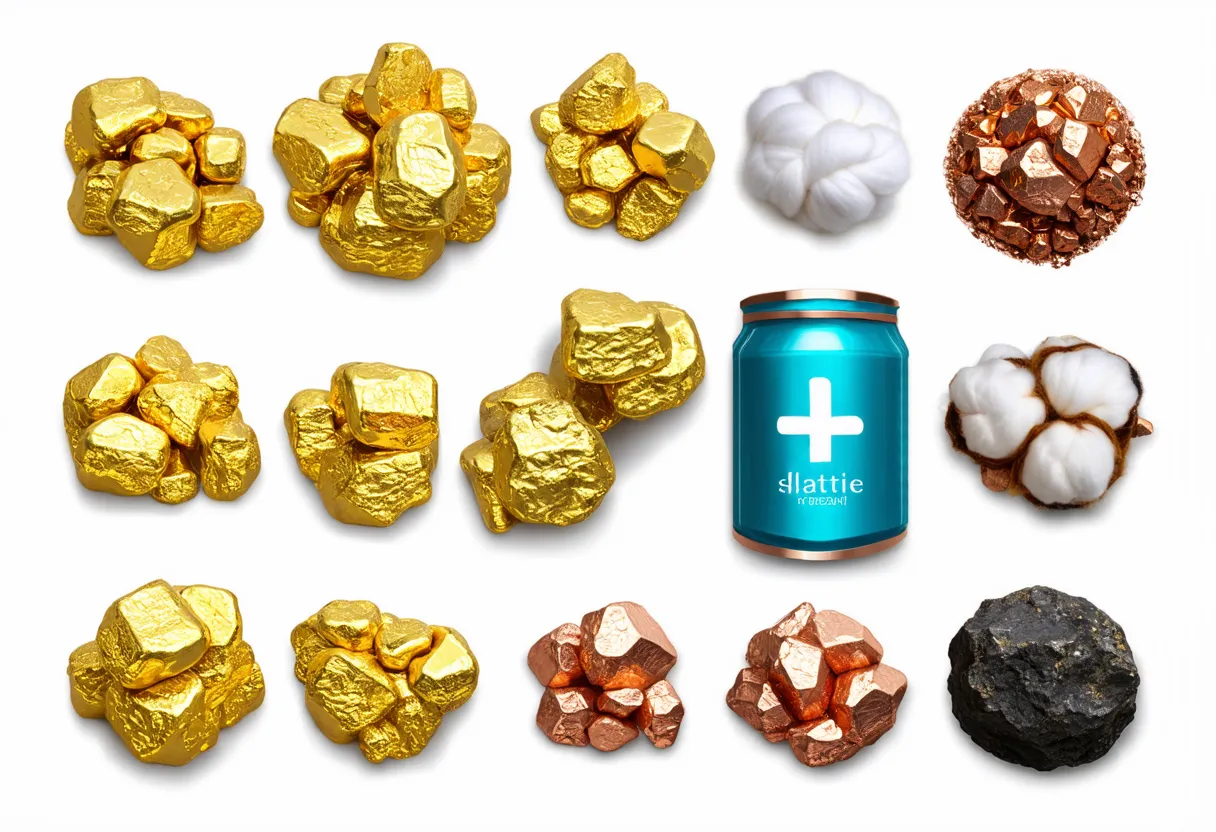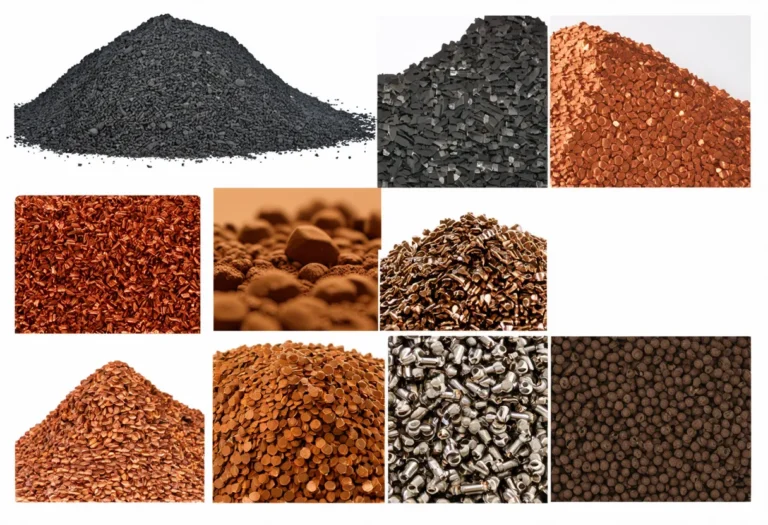Tajikistan, with a population of 9,952,787, is ranked 91st in population size, just behind Azerbaijan. Located in Central Asia, it covers a total area of 141,379 square kilometers, ranking 92nd in size, following the Dominican Republic.
Tajikistan’s economic position in 2022 showcases a GDP of $10,492,123,387.79, ranking it at 142 globally, trailing behind Equatorial Guinea with a GDP of $12,029,633,746.52. Furthermore, Tajikistan’s GDP per capita stands at $1,054.19, positioning it at 164 worldwide, falling short of Sudan with a GDP per capita of $1,102.15.
Despite facing challenges, Tajikistan continues to strive for economic growth and development, focusing on sectors such as agriculture, mining, and remittances to bolster its economy and improve the standard of living for its citizens.
What are the economic activities of Tajikistan?
- Primary activities: 28.6% of GDP.
- Secondary activities: 25.5% of GDP.
- Tertiary activities: 45.9% of GDP.

Primary Sector of Tajikistan
Tajikistan’s primary sector, primarily focused on agriculture, thrives due to its favorable climate and abundant natural resources. With 35.43% of the country’s land dedicated to agriculture, Tajikistan produces a diverse range of products including milk, potatoes, wheat, watermelons, onions, cotton, tomatoes, carrots/turnips, vegetables, and beef.
Despite contributing 28.6% to the GDP, agriculture remains a vital sector for the country’s economy. The variety of crops and animal products not only sustains the agricultural sector but also plays a crucial role in providing food security and livelihoods for many Tajikistanis.
The country’s diverse geological landscape provides a rich array of natural resources, including hydropower, petroleum, uranium, mercury, brown coal, lead, zinc, antimony, tungsten, silver, and gold. These resources play a vital role in the economy, particularly in sectors such as energy, mining, and manufacturing, driving economic growth and development.
Tajikistan’s oil production, at around 316 barrels per day, ranks 72nd globally. With reserves of 12 million barrels, it holds just 0.1% of the world’s oil reserves.
Tajikistan’s natural gas production in 2020 reached 20 million m³, ranking 92nd globally. This contributes significantly to the country’s economic activity, supporting industries such as energy and manufacturing.
Secondary Sector of Tajikistan
What is the secondary sector or what are secondary activities?
The secondary sector involves industries that transform raw materials into finished products for consumption. In Tajikistan, the main industrial products are aluminum, cement, textiles, and vegetable oil. These products are manufactured from raw materials sourced from primary activities, contributing to the country’s economy through domestic sales and exports.
Manufactures make up only 11.14% of Tajikistan’s total exports in 2023, indicating their relatively minor role in the country’s export economy.
Tertiary sector of Tajikistan
What is the tertiary sector or what are tertiary activities?
The tertiary sector in Tajikistan encompasses various services that contribute to the economy through knowledge and time. The main activities include healthcare, education, banking, communication, tourism, and transportation. These sectors provide essential intangible goods like medical care, education, financial services, information exchange, and logistics, contributing to the country’s economic growth and development.
In particular, Tajikistan’s tourism industry plays a crucial role in its economy, contributing significantly to GDP and employment. The country welcomed around 500,000 annual visitors in recent years. Popular destinations include the breathtaking Pamir Mountains and the ancient city of Khujand, renowned for its rich cultural heritage and historical sites.
Another example of tertiary economic activity is the mobile cellular sector, with approximately 11.6 million subscriptions, supporting technological growth by enhancing communication, fostering innovation, and facilitating digital services.
Military Activities and Economic Sectors of Tajikistan
The military is an example of many economic activities. In the primary sector, resources are extracted for military use, like metals for weapons. The secondary sector includes the manufacturing of military equipment. The tertiary sector involves services provided by the military, such as training and logistics. The quaternary sector focuses on military research and development, while the quinary sector deals with high-level decision-making and strategy.
In Tajikistan, the military expenditure in 2023 is $139.5 million, which is 1.01% of the country’s GDP. The active military force consists of 8,800 personnel. This means there are 1.9 active military members for every 1,000 people in the country.
Biggest company in Tajikistan
Which is the biggest company in Tajikistan? The largest company is PTT, valued at approximately 31.34 billion USD. It operates in the energy industry, focusing on the primary sector. PTT was founded in 1978 and plays a crucial role in the country’s economy.
International Trade of Tajikistan
Import Activities of Tajikistan

Import activities in Tajikistan are crucial, accounting for 62.62% of GDP in 2023, totaling $6.57 billion, indicating a high level of dependence on foreign goods.
Tajikistan’s key import partners are China, Russia, Kazakhstan, Uzbekistan, and Turkey. The country imports refined petroleum, garments, wheat, cars, and natural gas to meet its domestic demands and fuel economic growth.
Exports Activities of Tajikistan

In 2023, Tajikistan’s total exports amounted to $2.41 billion, representing 22.97% of its GDP. This indicates a medium level of importance, highlighting the significant role export activities play in the country’s economy.
Tajikistan’s export activities are diversified, with key partners being Kazakhstan, Switzerland, China, Turkey, and Uzbekistan. The country primarily exports gold, precious metal ore, cotton, copper ore, and aluminum.
Tajikistan economy challenges in 2024
In 2024, Tajikistan faces challenges with its limited private sector, illicit drug trade, and environmental fragility. Despite sustained growth and declining poverty, the country’s economy heavily relies on gold, cotton, and aluminum exports, along with significant remittances.




Leave a Reply